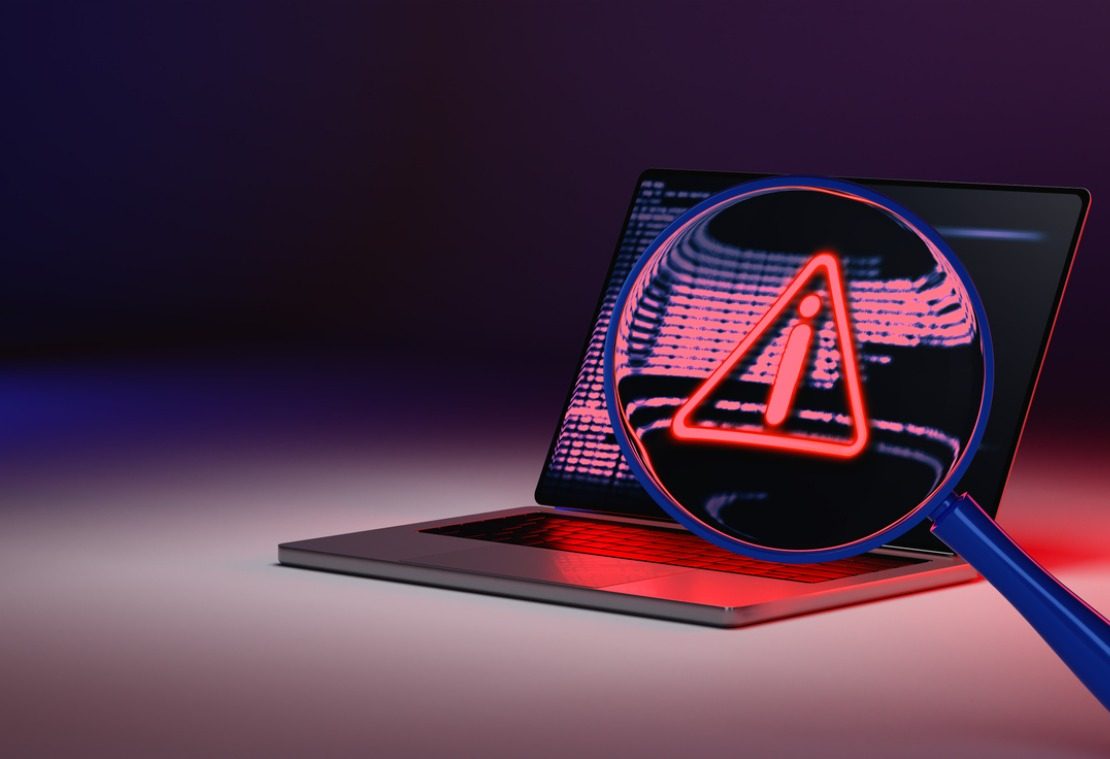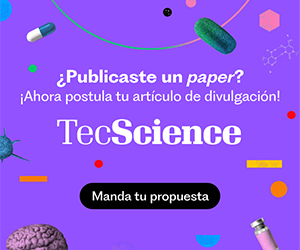There is no technology available that can ascertain whether or not there is corruption in public works and procurement contracts from the current federal government, because this administration is known for classifying them as confidential or reserved, says Professor Bonnie J. Palifka, from the School of Social Sciences and Government at Tec de Monterrey.
“Expenditure in the current public administration has been more opaque and if we can’t examine these contracts, the technology won’t be able to extract that information, because they’re legally reserved and we won’t be able to look at their content for many years to come,” she says.
During previous presidential terms, at least the PDFs of scanned contracts were uploaded, which presented legibility problems and wasn’t very practical for use in Artificial Intelligence (AI) programs, but it was something. Now, even in that format, it has become less transparent since the pandemic.
“If there is nothing to hide, then publish the contracts,” says the author of the book Corruption and Government: Causes, Consequences, and Reform, whose second edition won the Rómulo Garza Award.

Anti-corruption technology
We use technology to expose corruption, in acts as simple as recording traffic police officers with a cellphone if they try to get a bribe out of us. Still, there are also sophisticated instruments such as AI and Big Data for following its trail in public government contracts.
Bonnie J. Palifka explains that network visualization tools can be used to find connections between the companies winning public contracts and the public officials, governors, and members of congress who award them.
The key point is that this information must be public because it’s a basic exercise of accountability to citizens.
Palifka, who holds a Ph.D. in Economics from the University of Texas at Austin, points out that having transparency websites for public administration isn’t enough if the majority of contracts are reserved or confidential.
Since the pandemic, governments have been more opaque regarding publishing contracts, “perhaps because governments have been very busy and have had other priorities, but we have to get on top of that problem,” she explains.
For instance, Tec students have developed a platform that examines every public works contract in a city and displays where it’s located on a map, when it started, when it was finished, how much it should have cost, how much it actually cost, and a button for citizens to follow up on these projects.
Another initiative is the Report Corruption platform, created by the Tec’s Transparency and Anti-corruption initiative during the pandemic, to receive reports on malpractice in the health sector for different reasons such as getting a bed or ventilator.
The red flags for corruption
The specialist considers the following the most common red flags for suspecting corrupt practices:
- When a very short amount of time is set between the publication of a call for tender and the deadline for submitting proposals. This usually means that the tendering process has been prearranged and the department already has in mind who will be the contract winner.
- Only one proposal is presented where ideally there would be several in public procurement processes.
- The same group of companies always win the contracts at one department or another. There is no diversity, and they’re not open to new participants.

















